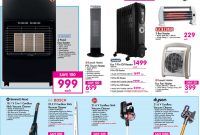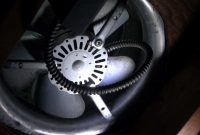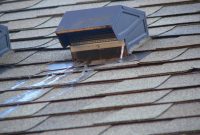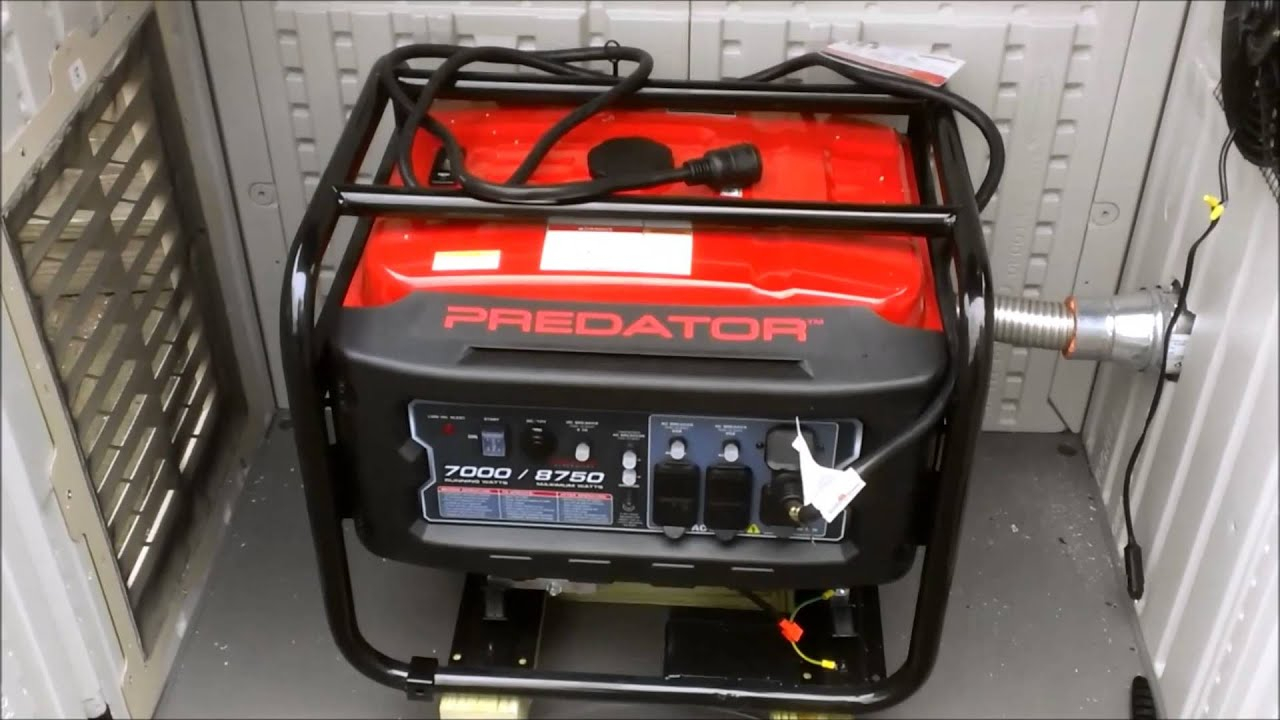 Generator Enclosure throughout sizing 1280 X 720
Generator Enclosure throughout sizing 1280 X 720Why Ventilation is Important for Generators
Generators produce heat as a byproduct of their operation. This heat can build up inside a generator shed and cause the generator to overheat. Overheating can damage the generator and can even lead to a fire. In addition, generators produce exhaust gases, including carbon monoxide. Carbon monoxide is a colorless, odorless gas that can be deadly. It is important to remove heat and exhaust gases from a generator shed to prevent these hazards.
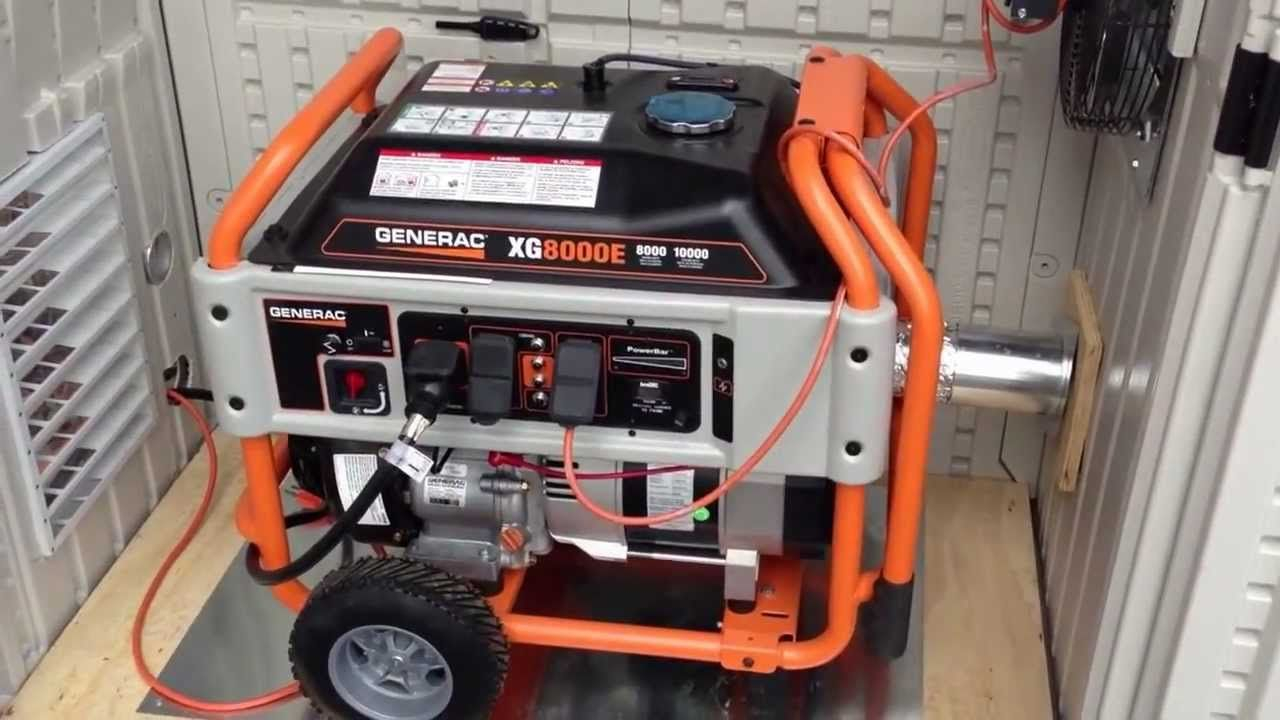 Generac Generator Installed In A Suncast Garden Shed For for measurements 1280 X 720
Generac Generator Installed In A Suncast Garden Shed For for measurements 1280 X 720Minimum Ventilation Requirements for a Generator Shed
The Occupational Safety and Health Administration (OSHA) has established minimum ventilation requirements for generator sheds. These requirements are designed to protect workers from the hazards of heat and exhaust gases. The minimum ventilation requirements for a generator shed are as follows:
- The shed must have at least one opening for air intake and one opening for air exhaust.
- The air intake opening must be at least 12 inches square.
- The air exhaust opening must be at least 18 inches square.
- The openings must be located on opposite sides of the shed.
- The openings must be screened to prevent the entry of insects and other pests.
Components of a Well-Ventilated Generator Shed
The ideal generator enclosure will have the following components:
- Adequate air intake and exhaust
- A cooling fan
- A temperature-monitoring system
- A carbon monoxide detector
The air intake and exhaust openings should be large enough to provide adequate airflow. The cooling fan will help to circulate the air inside the enclosure and remove heat from the generator. The temperature-monitoring system will alert you if the temperature inside the enclosure gets too high. The carbon monoxide detector will alert you if carbon monoxide levels inside the enclosure get too high.
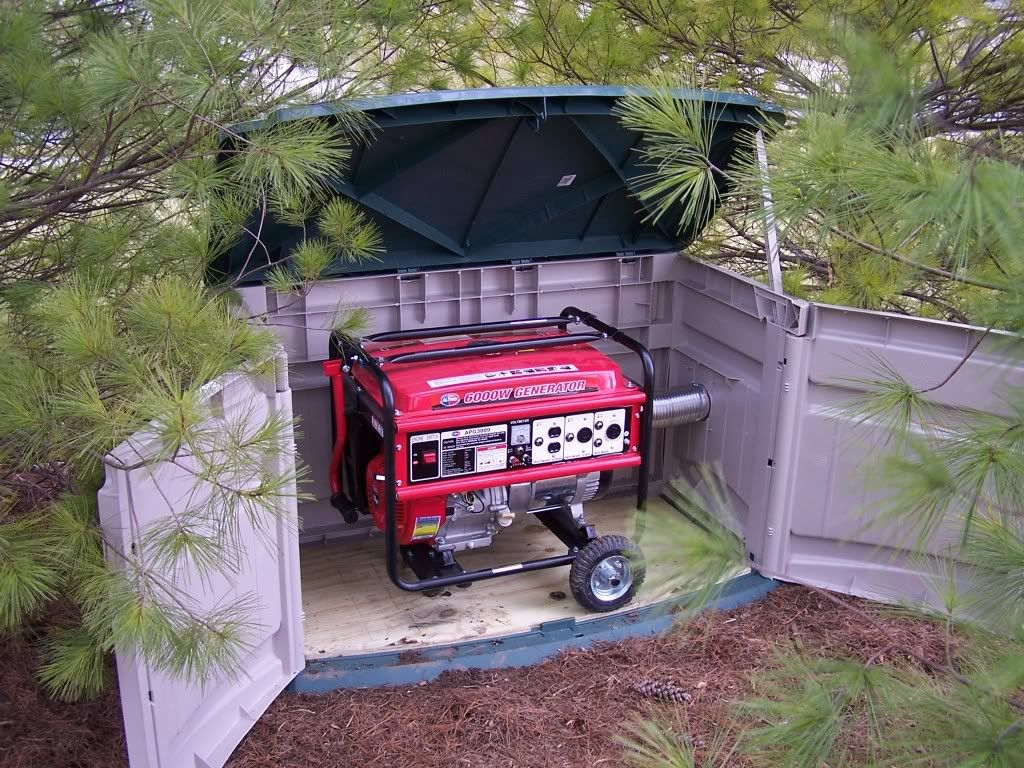 Generator Enclosure Finished Generator Shed Generator for measurements 1024 X 768
Generator Enclosure Finished Generator Shed Generator for measurements 1024 X 768Safety Considerations in Ventilating Generator Sheds
When ventilating a generator shed, it is important to consider the following safety considerations:
- Install barriers to protect against moving parts, such as fan blades.
- Locate the generator shed in a safe location away from flammable materials.
- Keep the generator shed clean and free of debris.
- Inspect the generator shed regularly for signs of damage.
- Repair any damage to the generator shed immediately.
Electrical Design for a Generator Enclosure
The electrical design of a generator enclosure is important to ensure the safe operation of the generator. The enclosure should have an electrical panel with enough power to serve the generator. The panel should also have a circuit breaker to protect the generator from overloads.
In addition to the electrical panel, the enclosure should have an exhaust fan and a cooling fan. The exhaust fan will help to remove the heat generated by the generator, and the cooling fan will help to keep the generator cool.
Choosing the Right Exhaust Fan for Generator Sheds
The exhaust fan is an important component of a well-ventilated generator enclosure. The fan should be sized to provide adequate airflow to remove heat from the generator. The fan should also be quiet and durable.
When choosing an exhaust fan for a generator shed, it is important to consider the following factors:
- The size of the generator shed
- The required CFM output
- The noise level
- The durability
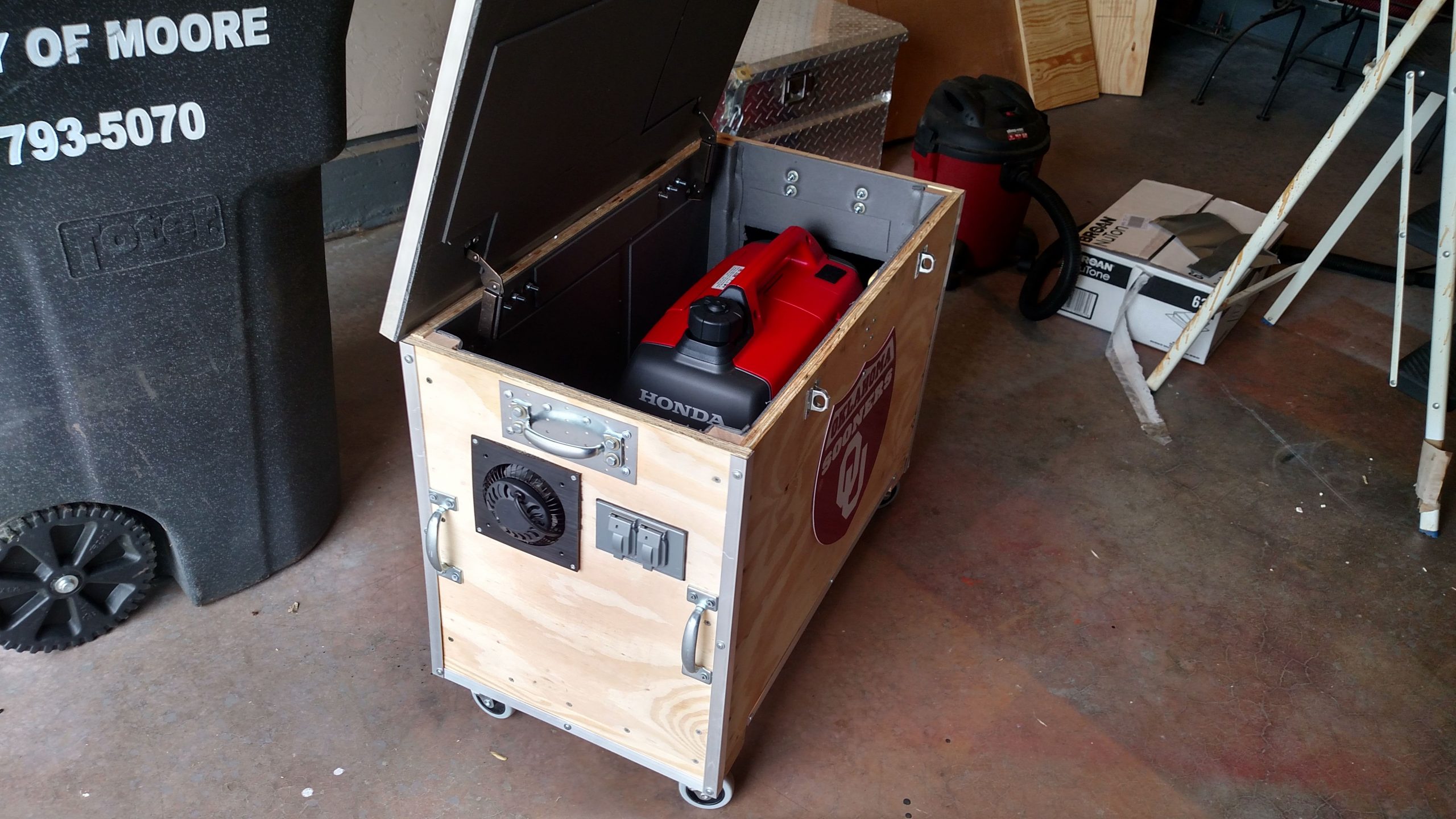 Portable Generator Baffle Quiet Box Fan Cooled Sound throughout dimensions 5248 X 2952
Portable Generator Baffle Quiet Box Fan Cooled Sound throughout dimensions 5248 X 2952Installation of an Exhaust Fan in a Generator Shed
Installing an exhaust fan in a generator shed is an easy task. The following steps will guide you through the installation process:
- Choose a location for the exhaust fan. The fan should be located on the opposite side of the shed from the air intake opening.
- Cut a hole in the wall of the shed for the exhaust fan. The hole should be the same size as the exhaust fan housing.
- Install the exhaust fan in the hole.
- Secure the exhaust fan to the wall of the shed.
- Connect the exhaust fan to the electrical system.
Conclusion
Proper ventilation is essential for generator sheds. By following the guidelines in this article, you can help to ensure the safe operation of your generator.
Here are some additional tips for ensuring proper ventilation for your generator enclosure or generator room:
- Keep the enclosure or room clean and free of debris.
- Inspect the enclosure or room regularly for signs of damage.
- Repair any damage to the enclosure or room immediately.
- Keep the enclosure or room locked when it is not in use.
By following these tips, you can help to ensure the safe operation of your generator and the protection of your home or business.
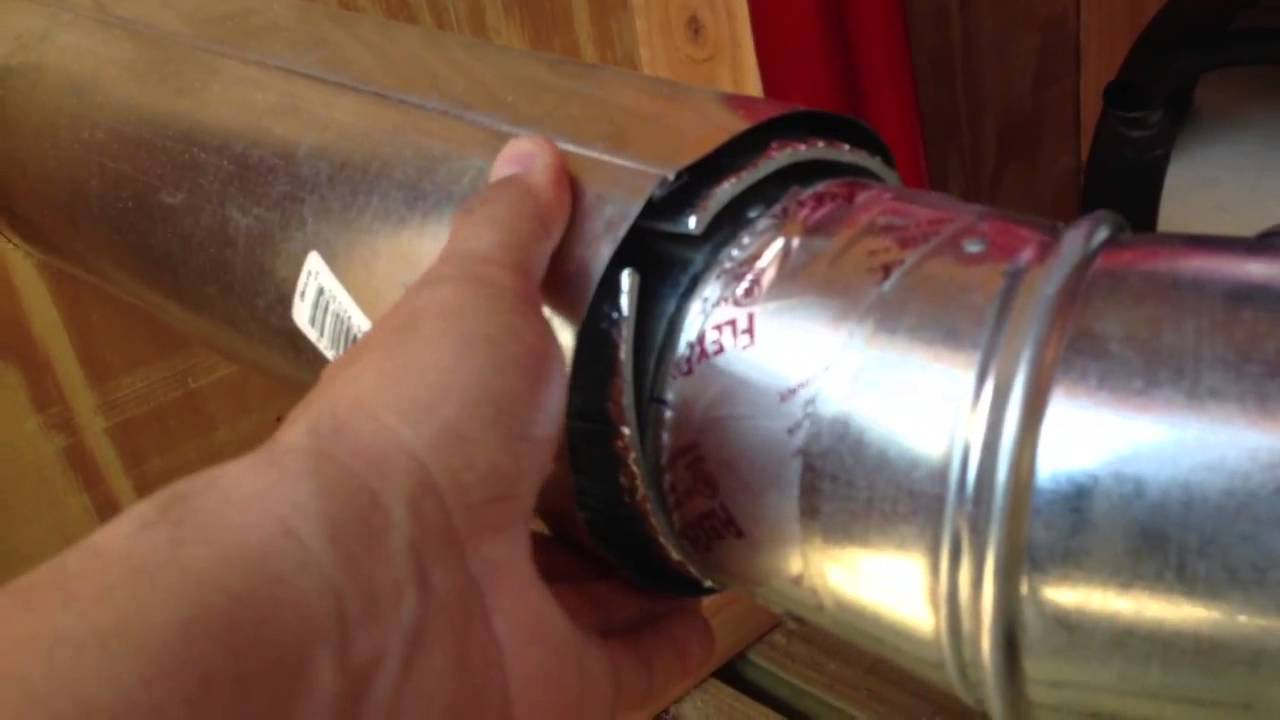 Generator Enclosure regarding sizing 1280 X 720
Generator Enclosure regarding sizing 1280 X 720